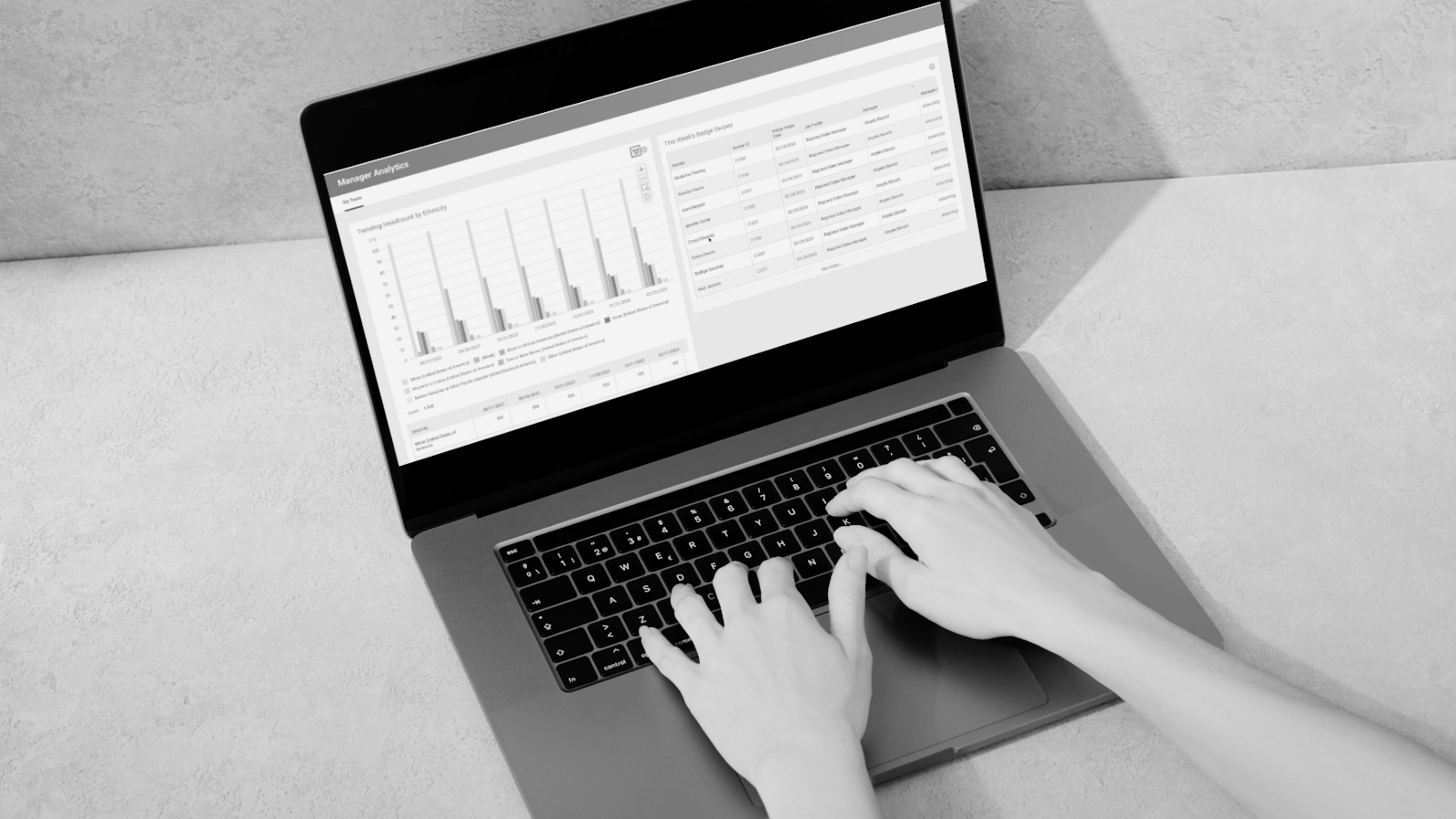Integration and unification of data and business processes are a top reason that organizations move to Workday. However, even after a Workday implementation, many still struggle to consolidate their critical reporting and analytics in Workday. This can lead to a lack of visibility, inefficient reporting practices, and the inability to cutover from legacy systems.
Workday Prism Analytics empowers organizations to easily blend their external and Workday data into one system.
How do you know if Prism Analytics is the best solution for your data and reporting problems? In this blog we’ll explore the top 3 reasons it’s the right solution.
# 1 | There is not native functionality in Workday to support your data
Workday can be the home to many different functions from Payroll to HCM to Accounting. However, there are always pieces of your business that cannot live in Workday for one reason or another. Prism Analytics allows you to integrate the data into Workday to cover up any reporting gaps and unify the user experience.
Example: Your organization is undergoing a new "back to the office" initiative; however, your managers support employees around the country and even around the world. Utilizing Prism Analytics, you can ingest office badge swipe data to allow managers to keep tabs on their employees.
# 2 | It's difficult to align the security of your external reporting to Workday's complex security model
When creating reporting outside of Workday, there is a risk in sharing sensitive data within your organization or even worse having a bad actor get a hold of your company's data. Prism Analytics utilizes the Workday security model, so you ensure your employees have access to the correct level of data.
Example: Annually, your organization runs an engagement survey to gain insights into organizational sentiment and understand where it can improve. The results are shared with your department managers, so they know where their department's focus areas should be. If this data is loaded into Prism Analytics, you can create one report or dashboard and all end users will only see the relevant data.
# 3 | The transactional data in your legacy system will take too much time to clean up and convert into Workday
As you cutover from your legacy system, you need to find a solution for the years of historical data and transactions. However, this could take hundreds of hours to convert into Workday and be quite expensive. Prism Analytics is more flexible and efficient when converting data and can blend your legacy data with Workday data to allow for consistent transactional reporting.
Example: Last year, your organization introduced a diversity, equity, inclusion and belonging (DEIB) initiative. Since you are moving into Workday, it will be difficult to track if progress has been made since the initiative began. Prism Analytics gives you the ability to easily convert this data into Workday so you can keep the momentum on your DEIB initiatives.
Are you ready to learn more about the benefits of Workday Prism Analytics? Schedule time to discuss your organization’s use cases with our team of experts!






